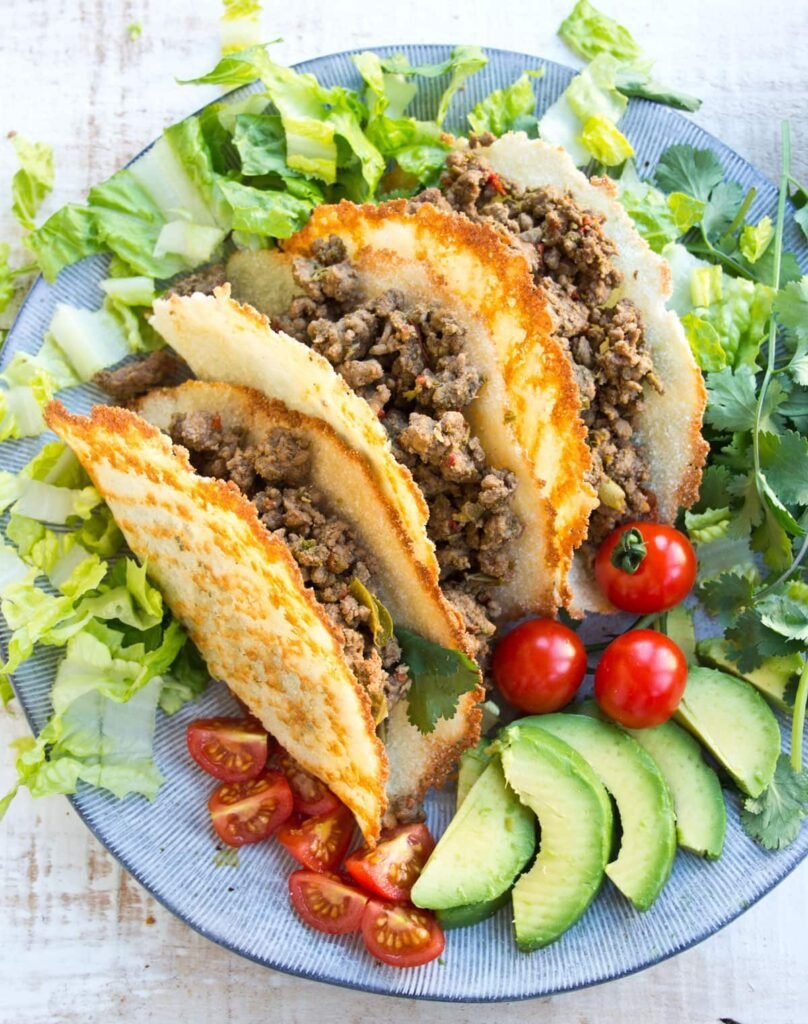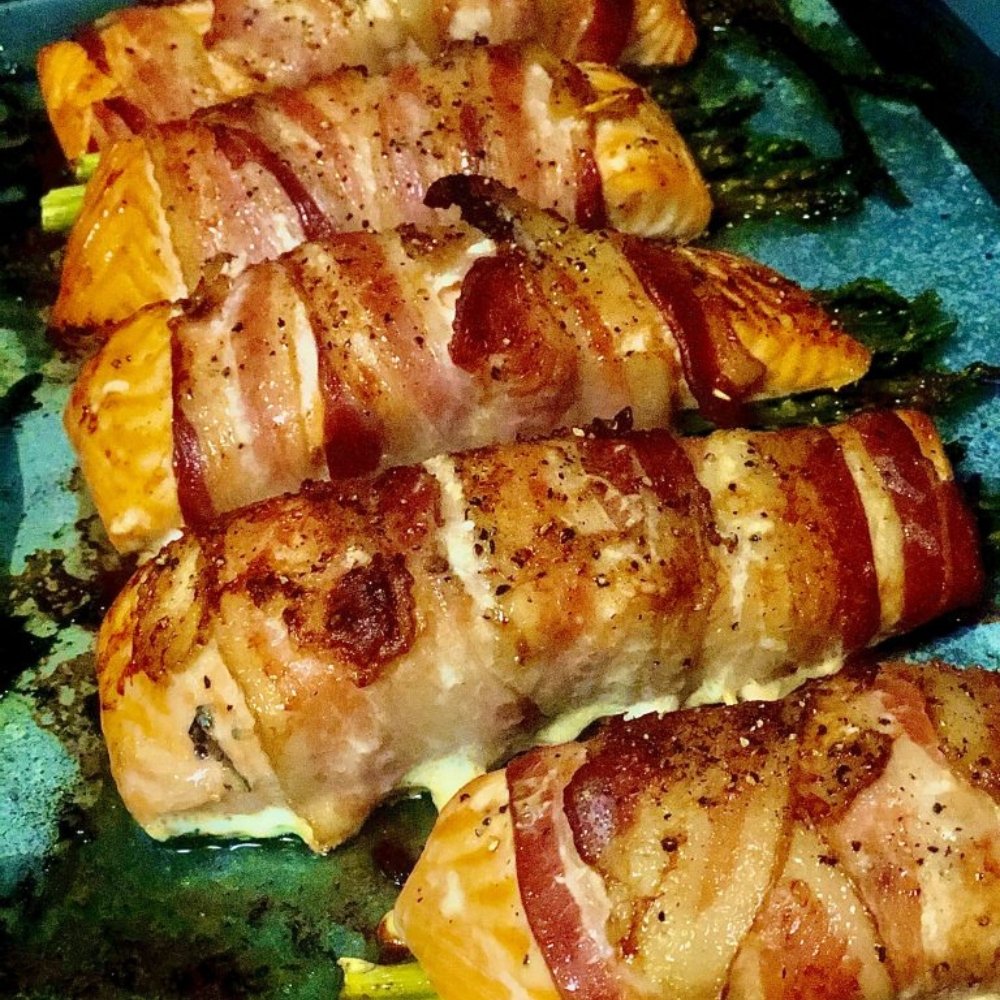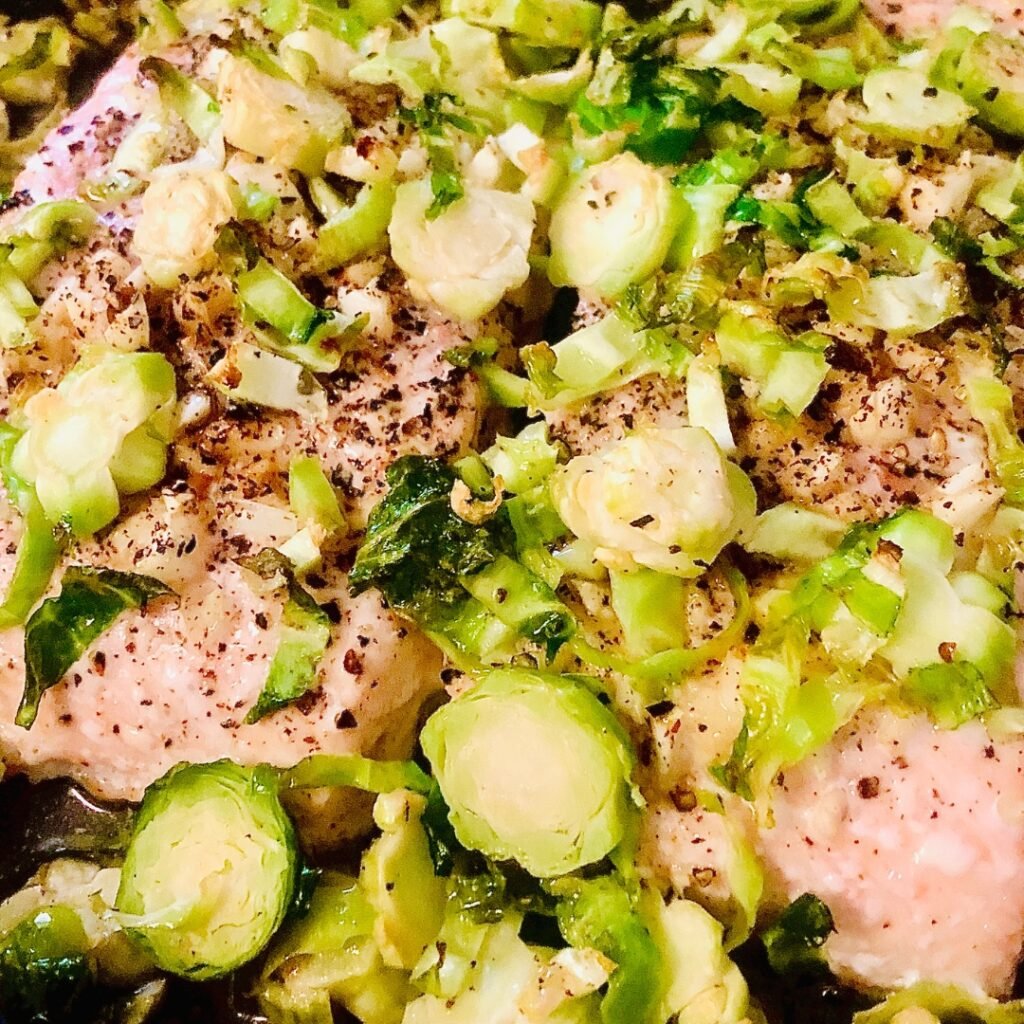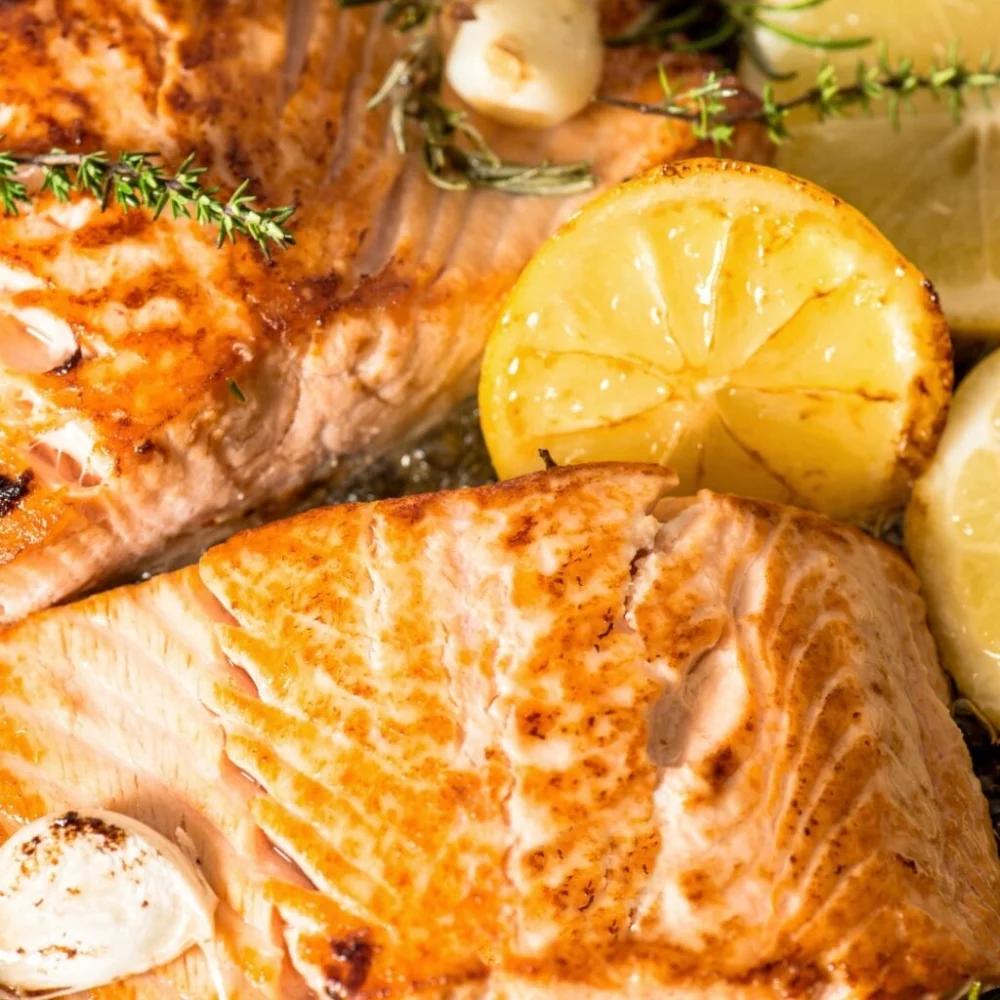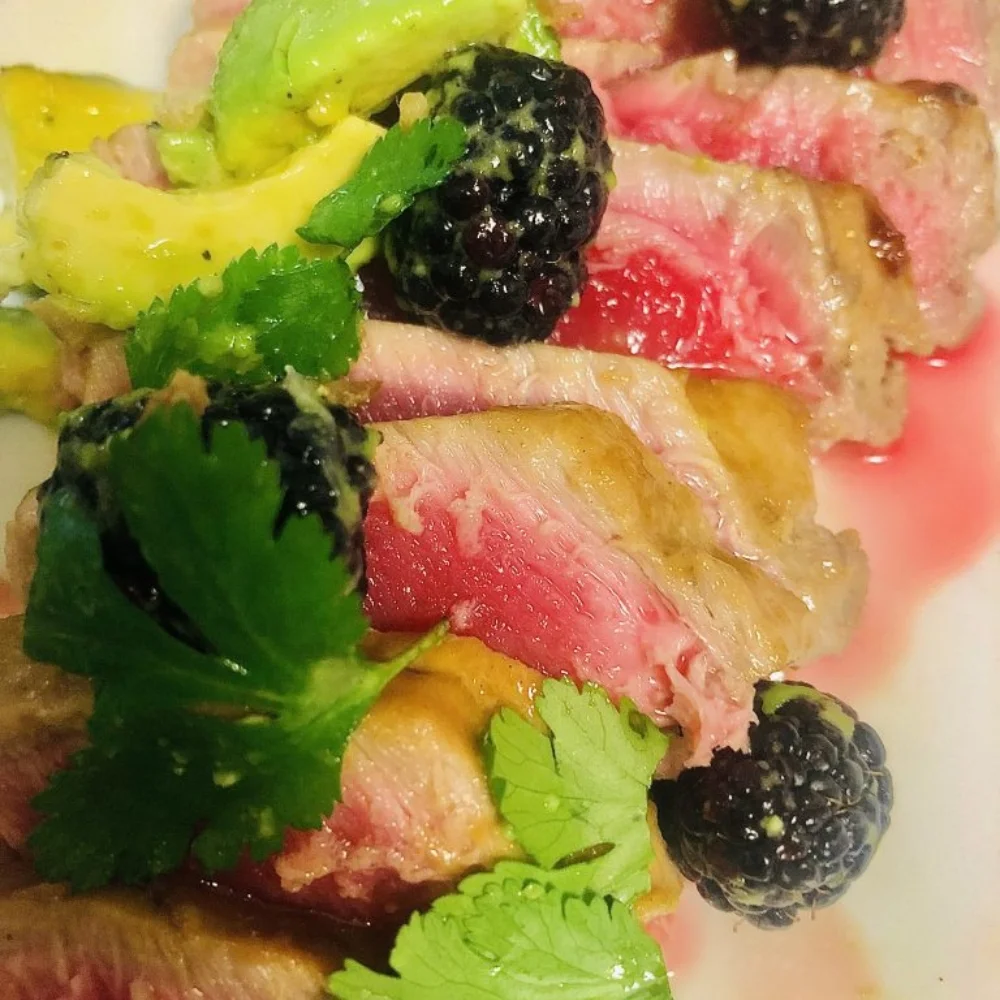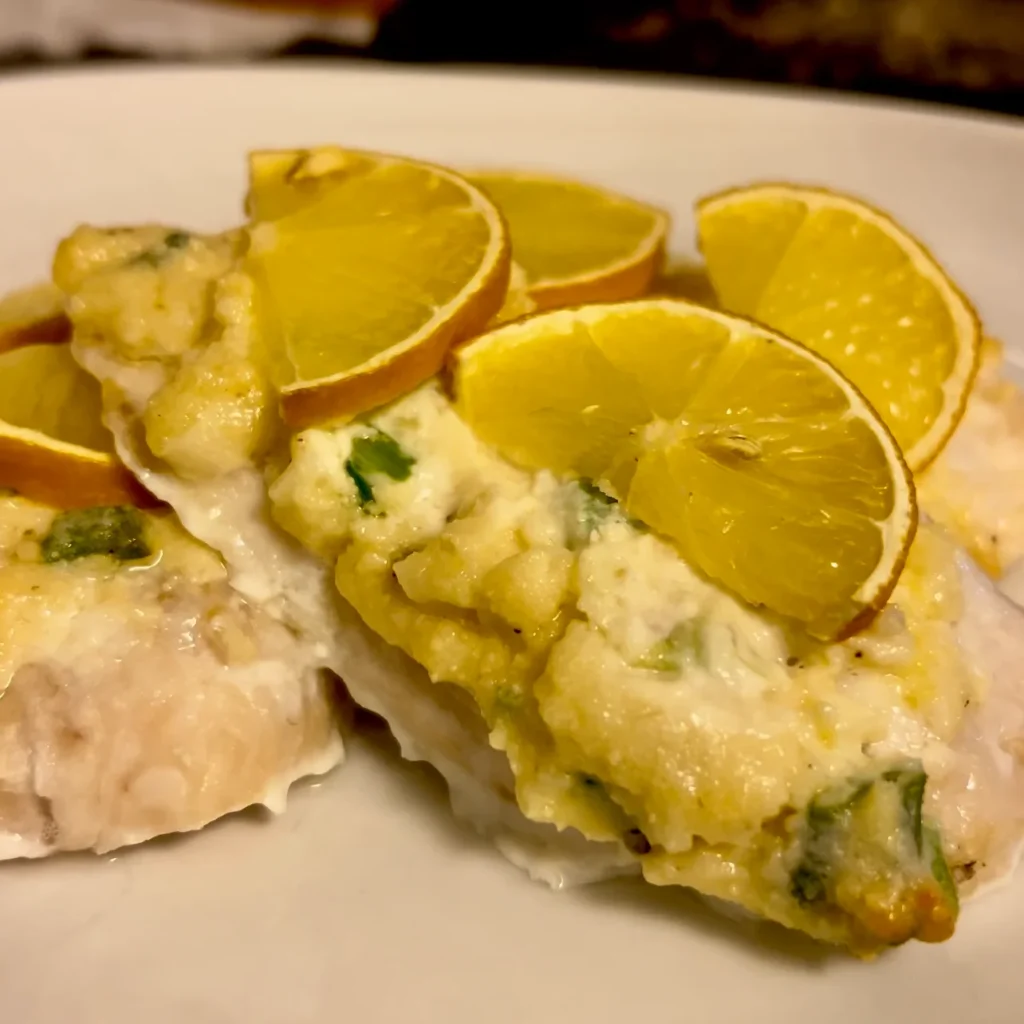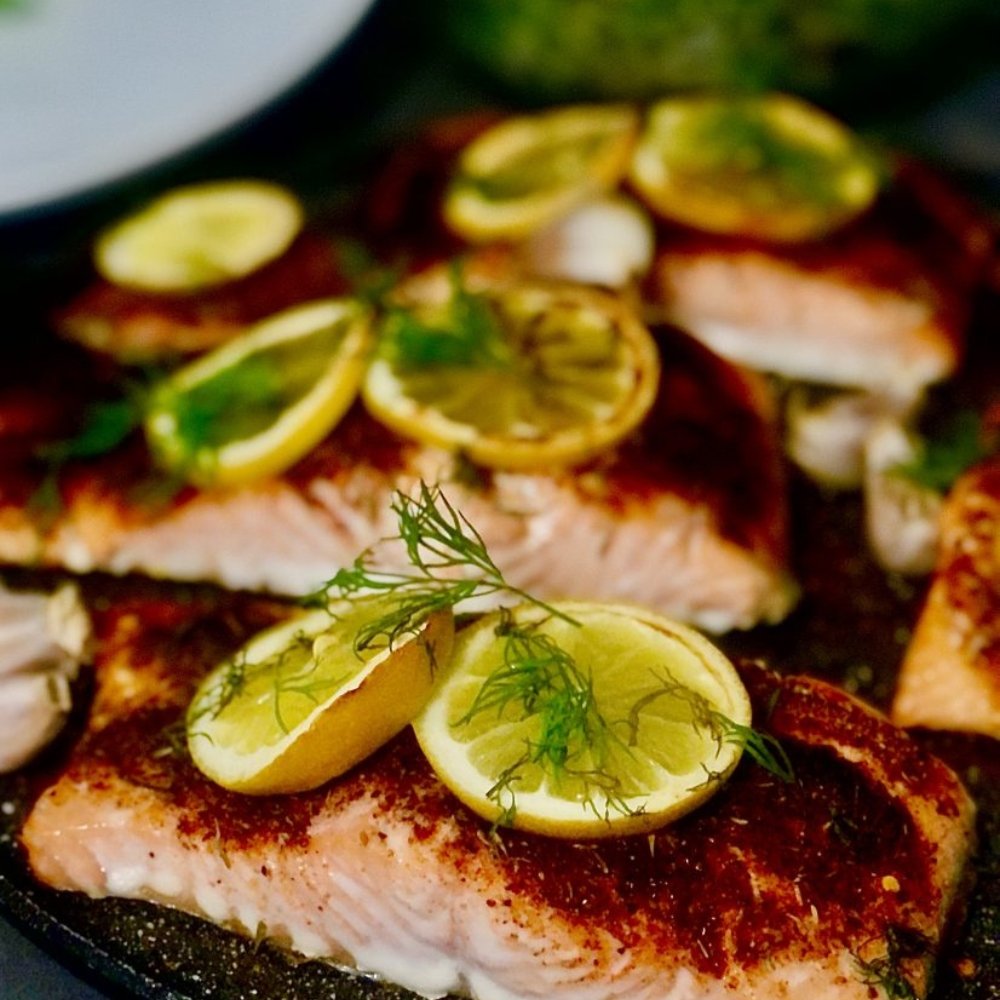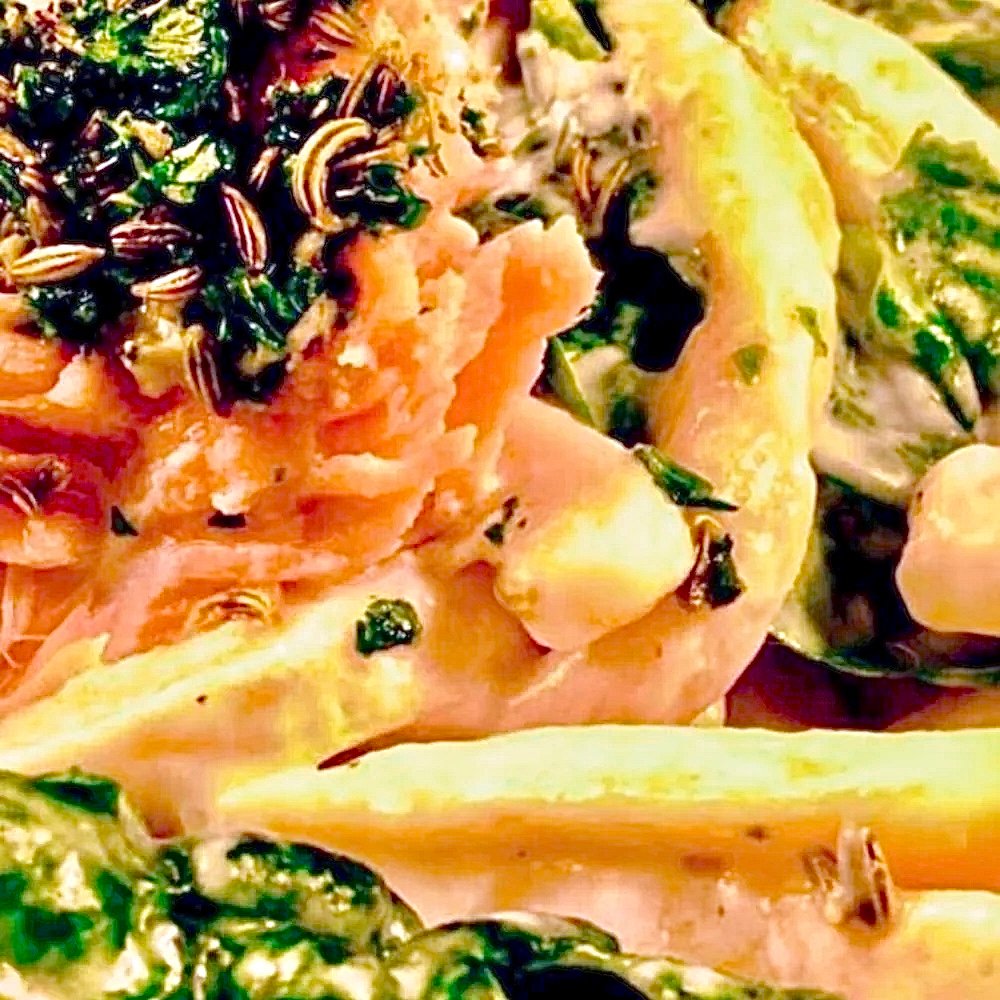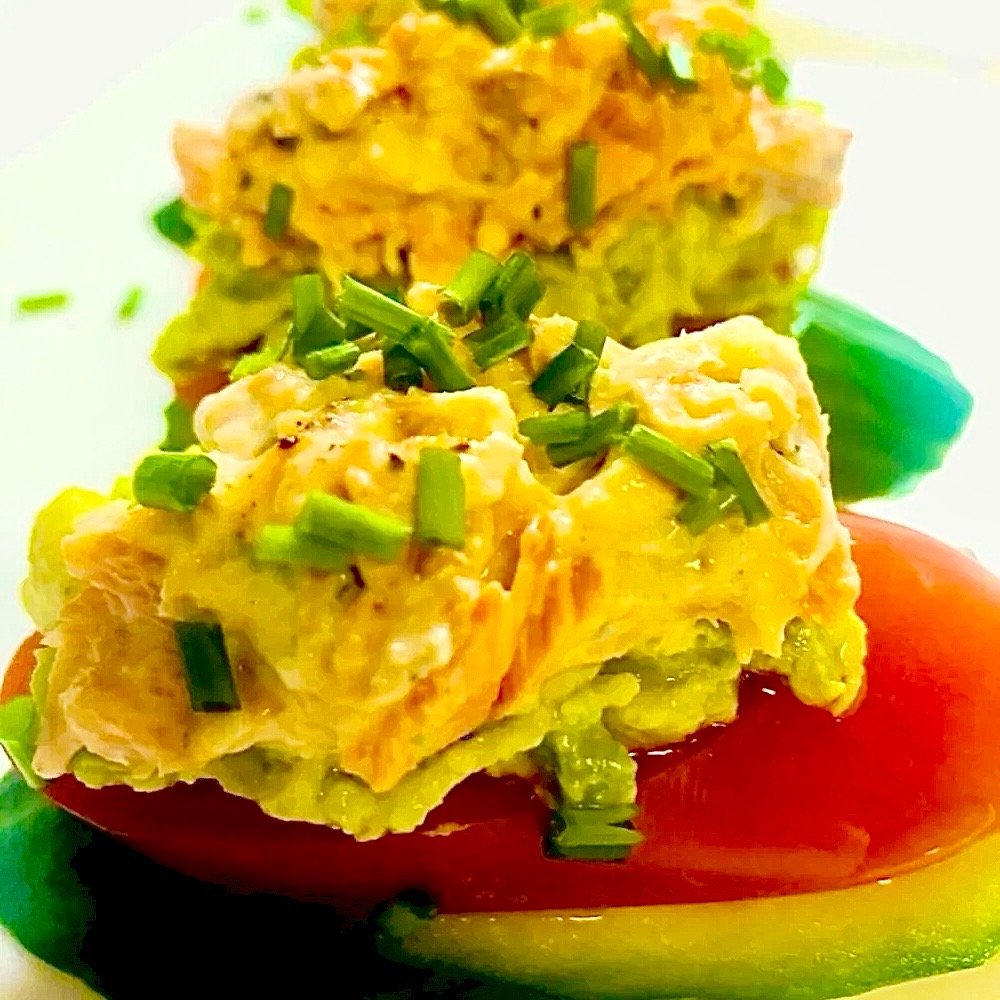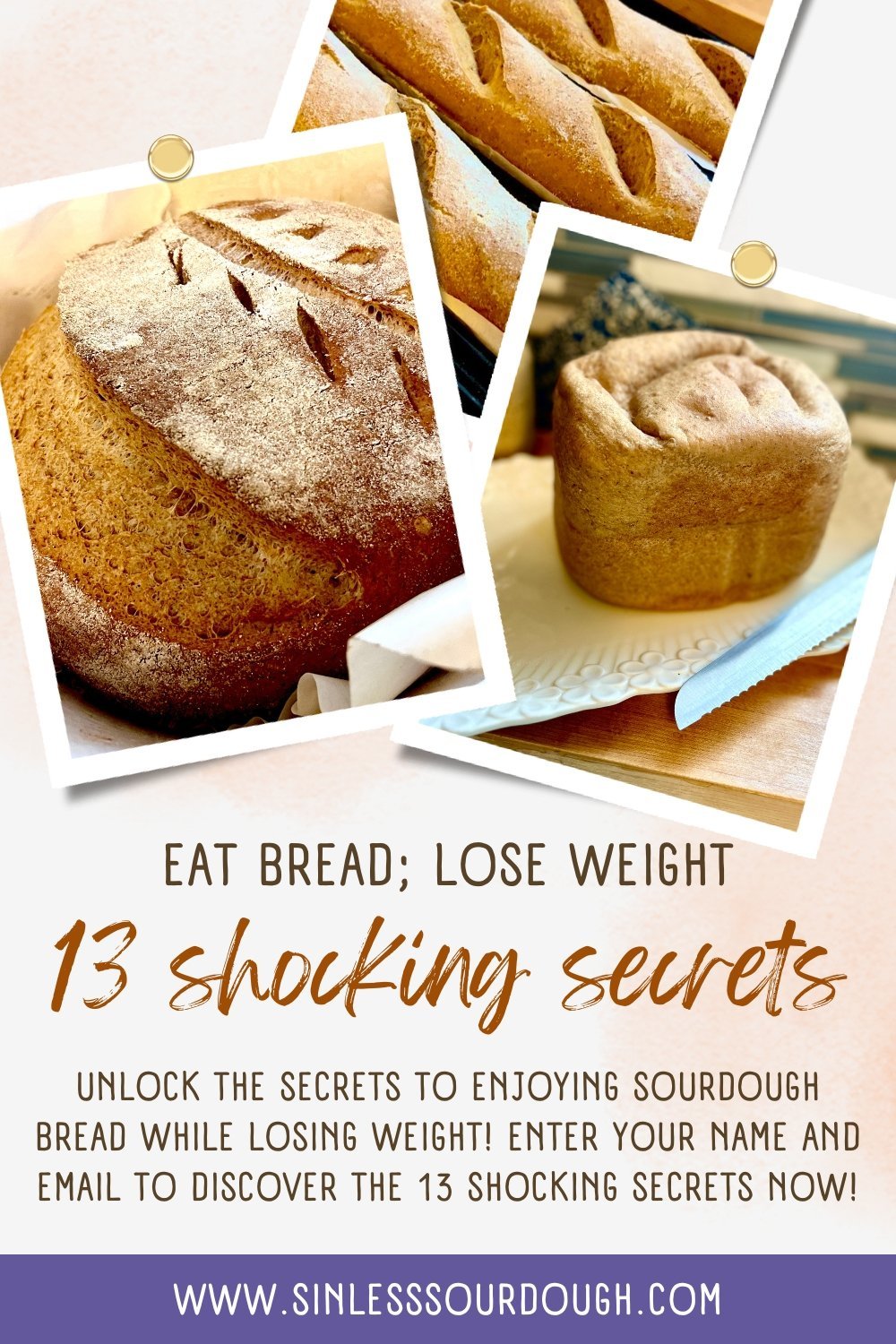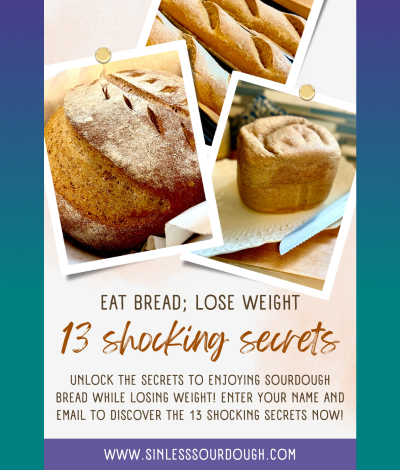Fin-Tastic Pairings: Best Non Alcoholic Wine with Fish Dishes
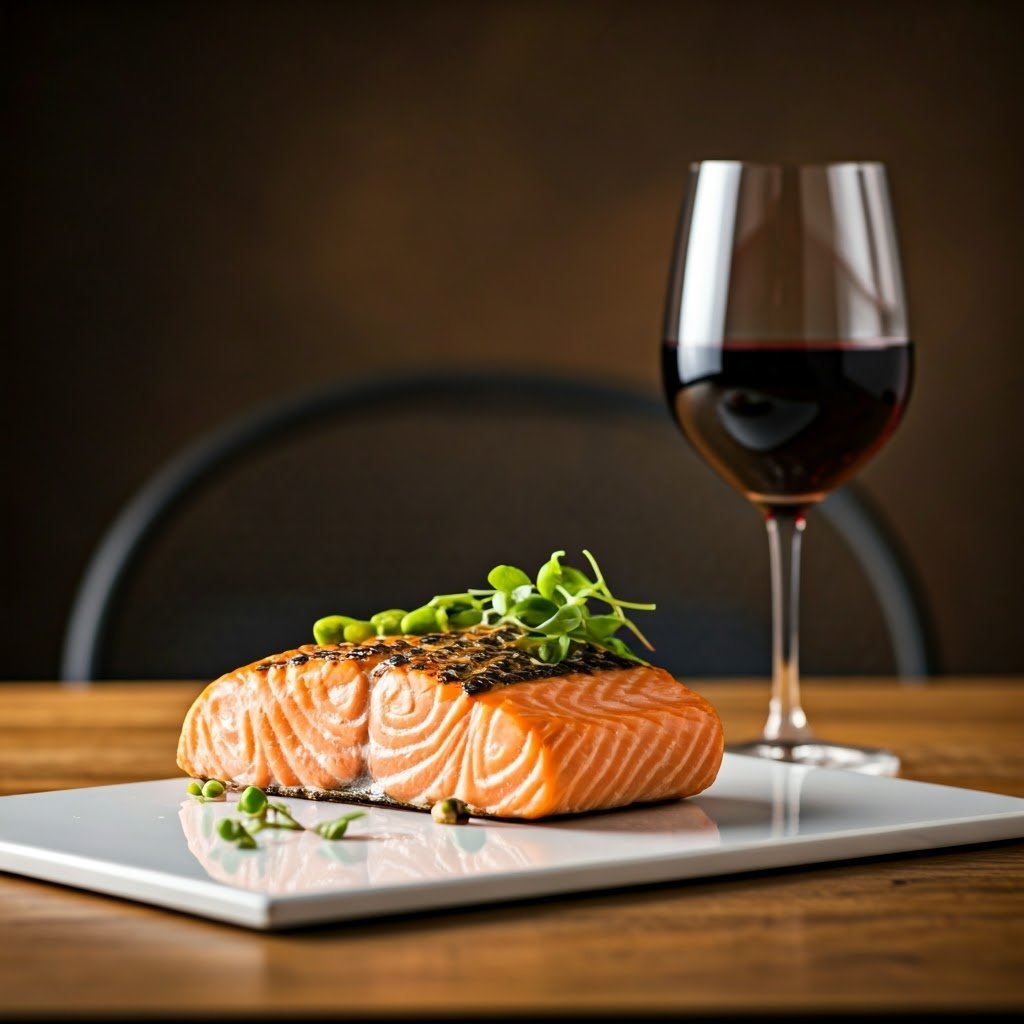
Let’s explore how to pair different types of fish with non-alcoholic wines, ensuring you get the most out of your seafood dinners. And I’ll give you some actual recipes with NA wine pairing notes to use the next time you feel like having fish with your glass of wine! Or you may want to serve fish with non alcoholic wines to family and friends.
What Non-Alcoholic Wine Goes Best With White Fish?
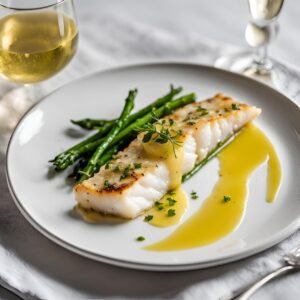
White fish works well with some non alcoholic wines. Here are some recommendations:
Sauvignon Blanc (non alcoholic):
- Best For: Cod, Haddock, Halibut
- Why: White fish tastes fabulous with tangy flavors from lemon and lime. The tanginess of the lemon and lime complement a delicate non alcoholic white wine with good acidity. Wines with this delicate nature and refreshing acidity include Sauvignon Blanc, Pinot Gris, Pinot Grigio, and bone dry Riesling.
- Health Benefits: Rich in antioxidants, which can help reduce inflammation and improve heart health.
Chardonnay (non alcoholic):
- Best For: Sea Bass, Tilapia
- Why: Sea bass and tilapia are meatier and richer fish that demand a white with some buttery and oaky notes. Think oak-aged Chardonnay
- Health Benefits: Contains polyphenols that may help lower blood pressure and cholesterol levels.
Pinot Grigio (non alcoholic):
- Best For: Flounder, Snapper
- Why: Flounder and snapper have delicate flavours and so require a white that won’t overpower them. Think Pinot Grigio. This wine also has good acidity that complements lemon and lime juice.
- Health Benefits: Provides antioxidants that can support immune health and reduce oxidative stress.
Riesling (non alcoholic)
- Best For: Trout, Sole
- Why: Trout and sole taste fabulous with a wine offering excellent fruitiness. Bone dry Riesling provides that fruitiness, along with fresh acidity that complements lemon and lime juices on these fish.
- Health Benefits: Contains resveratrol, which has been linked to improved cardiovascular health.
What Are Types of White Fish and Their Health Benefits?

Here are a few from which to choose:
Cod: Health Benefits: High in protein and low in fat, cod is a good source of vitamins B6 and B12, which are essential for brain health and energy production.
Haddock: Health Benefits: Rich in selenium, which supports thyroid function and protects against oxidative damage.
Halibut: Health Benefits: Contains omega-3 fatty acids, which are beneficial for heart health and reducing inflammation.
Sea Bass: Health Benefits: High in protein and vitamin D, which is crucial for bone health and immune function.
Tilapia: Health Benefits: A good source of lean protein and essential nutrients like phosphorus and potassium, which help maintain healthy bones and muscles.
Flounder: Health Benefits: Low in calories and high in protein, flounder is also a good source of niacin, which aids in digestion and skin health.
Snapper: Health Benefits: Rich in omega-3 fatty acids and vitamin A, which supports vision and immune health.
Trout: Health Benefits: High in omega-3 fatty acids and vitamin B12, which supports nerve function and red blood cell formation.
Sole: Health Benefits: Low in fat and high in protein, sole is also a good source of selenium and vitamin B12.
Can I Pair Non-Alcoholic Red Wine With Fish?
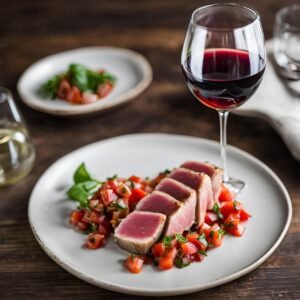
Some key aspects that made this book revolutionary include:
- Flavor-based approach: The authors emphasized considering the flavors, textures, and preparation methods of dishes rather than just the main ingredient when selecting a wine.
- Breaking traditional rules: By suggesting red wines for fish dishes, the book encouraged readers to experiment and think beyond conventional pairings.
- Comprehensive explanations: The book explained the characteristics of wines and foods that make them complementary, providing readers with a deeper understanding of pairing principles.
- Practical advice: It offered guidance on serving wine and included elegant recipes and menus to help readers apply the new pairing concepts.
The impact of “Red Wine with Fish” was significant in the food and wine world. It opened up new possibilities for wine enthusiasts and chefs, encouraging more creative and adventurous pairings. The book’s approach has since influenced many sommeliers, food writers, and wine experts, leading to a more flexible and experimental attitude towards wine pairing in general.
Key Considerations for Pairing:
- Type of Fish: The flavor and texture of the fish play a crucial role. Oily fish like salmon, mackerel, tuna, and sardines typically pair better with NA light, fruity red wines due to their richer flavors. Pinot Noir is a good example. This wine has the ideal amount of weight and structure to pair nicely with fish offering more substantial body and weight.
- Meaty fish such as tuna and swordfish are also good candidates for Pinot Noir, as well, particularly when grilled or seared. In contrast, delicate white fish like tilapia or sole may not hold up well against the stronger flavors of Pinot Noir.
- Cooking Method: The way the fish is prepared can influence the pairing. Grilled or barbecued fish develops a more intense flavor that can complement a light to medium-bodied red, such as a fleshy NA Merlot. If the fish is prepared with robust sauces or marinades, NA Merlot can enhance the overall dining experience.
- Acidity and Tannins: Medium to heavy bodied NA red wines often have tannins that can clash with acidic components commonly found in fish dishes, such as lemon or vinegar. Therefore, it’s advisable to avoid overly acidic preparations when pairing with heavier red wines. Instead, consider dishes that incorporate richer, less acidic ingredients. Or choose Pinot Noir with its crisp acidity to complement the lemon or acidic flavors.
- Non Alcoholic Reds Work: The good news is that most non alcoholic red wines possess medium weight. It’s rare to find a NA red with big body. The reason is that alcohol adds that viscosity to wine, that thickness. So you have a wide selection of non alcoholic red wines with medium weight that will complement fattier fish or barbecued fish with charred flavors.
What Non Alcoholic Wine Should I Serve With Salmon?
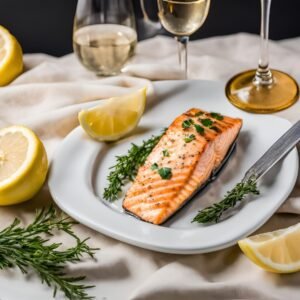
Non-Alcoholic Wine Pairings for Salmon:
- Sparkling Non Alcoholic Wines:
- Non Alcoholic Sparkling Wine: These options are excellent for pairing with smoked salmon or appetizers featuring salmon. The effervescence and acidity help balance the richness of the fish, enhancing its flavors.
- Light Red Non Alcoholic Wines:
- Non Alcoholic Pinot Noir: This wine is a classic choice for grilled or seared salmon. Its light body and subtle fruit notes complement the fish without overpowering it, making it ideal for richer preparations. Pinot Noir also has bright acidity that complement lemon and lime flavors, while also offsetting salty flavors that work with fish like capers.
- Non Alcoholic Gamay: Another light red that pairs well with salmon, especially when grilled or charred, as it offers a fruity profile that matches nicely with the fish’s flavor.
- Dry White Non Alcoholic Wines:
- Non Alcoholic Sauvignon Blanc: This wine’s crisp acidity can cut through the richness of salmon, making it a versatile choice for various preparations, including poached or baked salmon. Here you are using the principle of offsetting flavors.
- Non Alcoholic Barrel Aged Chardonnay: A good option for richer dishes like salmon with creamy sauces. Its buttery notes can enhance the dish’s flavors while maintaining balance.
- Fruity Non Alcoholic Reds:
- Non Alcoholic Shiraz or Zinfandel: These wines can work well with spicier salmon dishes, such as those with a teriyaki glaze. Their fruit-forward profiles can harmonize with the flavors of the dish. Sometimes you’ll find a Shiraz with a few grams of sugar per serving. This low sweetness can harmonize with the sweet flavor of your sugar-free teriyaki glaze that still tastes sweet.
What About Pairing Non Alcoholic Wine With Low Carb Fish Tacos?

Here are some excellent options and guidelines based on expert recommendations:
Recommended Non Alcoholic Wines
- Non-Alc Sauvignon Blanc:
- Non-alcoholic Sauvignon Blanc is another great choice, as its zesty acidity and citrus flavors harmonize well with the fresh and vibrant ingredients in fish tacos. It pairs particularly well with tacos that include lime salsa.
- Zero Alcohol Sparkling Wines:
- A sparkling non-alcoholic wine, such as a sparkling rosé, can enhance the experience with its refreshing bubbles. This type of wine works well with fried fish tacos, balancing the richness of the dish.
Pairing Tips:
- Consider the Preparation: If the fish is grilled or lightly seasoned, opt for lighter, crisper wines like NA Sauvignon Blanc.. For fried fish tacos, NA sparkling wines or slightly sweeter options can complement the dish better.
- Match the Acidity: Fish tacos often feature tangy sauces, so choose non-alc wines with good acidity to match and enhance those flavors. Avoid high-tannin wines, as they may overpower the dish.
- Experiment with Flavors: The key is to find a balance between the wine and the tacos. Non alcoholic wines can provide the same flavor profiles as their alcoholic counterparts, making them versatile for pairing with various taco styles
Is There A Non Alcoholic Wine That Goes Well With Grilled Fish?

Recommended Non Alcoholic Wines:
- Zero Alcohol Sauvignon Blanc:
- This wine is known for its crisp acidity and citrus notes, making it an excellent match for grilled fish. It complements the lightness of the fish while enhancing flavors, especially if the dish includes herbs or citrus marinades.
- Zero Alcohol Chardonnay:
- A non-alcoholic Chardonnay, particularly unoaked, offers a refreshing profile that pairs well with grilled fish. Its subtle fruitiness and acidity can enhance the flavors of the fish without overpowering them.
- Zero Alcohol Sparkling Wine:
- Non alcoholic sparkling wines can add a festive touch and are versatile enough to pair with various grilled fish preparations. The bubbles can help cleanse the palate, making them a delightful choice for richer fish dishes. This NA bubbly also complements raw oysters. The briny saltiness of raw oysters nicely offsets the zesty acidity of a non alcoholic bubbly.
Pairing Tips:
- Consider the Seasoning: The type of seasoning used on the grilled fish can influence the best wine choice. For example, if the fish is seasoned with saltiness hunt for NA whites with good acidity. If the fish dish features heat and spice, you’ll need a white with a hint of sweetness to offset these flavors.
- Balance Flavors: Aim for a balance where the wine complements the fish without overshadowing it. Light, crisp wines typically work best with grilled fish, enhancing the meal’s freshness.
Can I Pair Non-Alcoholic Rosé With Fish Dishes?
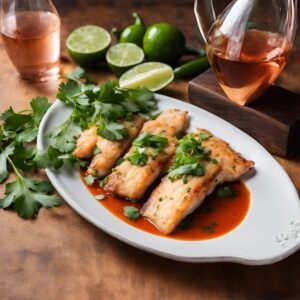
Non alcoholic rosé can be paired effectively with various fish dishes.
Here are some insights and recommendations:
Pairing Non Alcoholic Rose with Fish Dishes:
- Light and Delicate Fish:
- Non alcoholic rosé works well with grilled or poached fish such as sole, tilapia, or cod. The NA wine’s light body and fruity notes complement the subtle flavors of these fish, especially when prepared simply with herbs and lemon.
- Grilled Fish:
- For grilled fish, such as branzino or salmon, a crisp, refreshing non alcoholic rosé can enhance the dish. The wine’s acidity and fruity flavors balance well with the smoky char from grilling, making it a delightful pairing.
- Acidic Elements:
- Since rosé is relatively acidic, pairing it with fish dishes that include citrus elements (like lemon or lime) can enhance the overall flavor profile. Dishes that incorporate these elements will resonate well with the wine’s characteristics.
General Pairing Tips:
- Light Preparations: Aim for light, simple preparations that allow the wine’s delicate flavors to shine. Avoid heavy sauces or overly spicy seasonings that could overwhelm the wine.
- Balance Flavors: The key to a successful pairing is balance. The non-alcoholic rosé should complement the fish without overpowering it, enhancing the dining experience while maintaining the freshness of the seafood.
What Non Alcoholic Wine Should I Avoid With Fish?
Non-Alcoholic Wines to Avoid with Fish:
- Sweet Red Wines: Non alcoholic reds that are overly sweet, such as some brands of non alcoholic Cabernet Sauvignon or Merlot, should be avoided. The sweetness can overpower the subtle flavors of fish dishes.
- Fruity or Dessert-style Whites: Non alcoholic white wines that are fruity or dessert-style, such as some non alcoholic Rieslings with too much sweetness may not pair well with fish. Their high sugar content can create an unbalanced taste when served with seafood.
- Heavy or Oaky Whites: Non-alcoholic white wines that are heavily oaked or have a buttery profile, like some barrel-aged Chardonnays, can also be unsuitable. These flavors can dominate the dish and clash with the lightness of fish. By the same token, if you’re including any kind of lobster in the fish dish, such as a stuffing or topping, this style of Chardonnay works well.
Recommended Pairings Instead:
For better pairings with fish, consider opting for:
- Dry Sparkling Wines: Non-alcoholic sparkling wines like Noughty Sparkling Rosé or No & Low Sparkling Chardonnay can complement seafood well due to their acidity and effervescence.
- Crisp, Dry Whites: Non-alcoholic Sauvignon Blancs or dry Pinot Grigios are often better choices, as they typically offer a refreshing acidity that enhances the flavors of the fish without overwhelming them.
How Does The Sauce Affect Non Alcoholic Wine Paired With Fish?
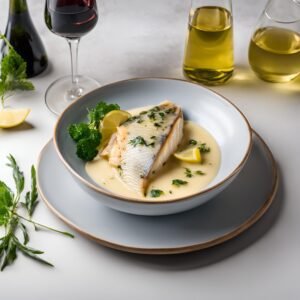
Here are some key factors:
1. Flavor Intensity of the Sauce
- Bold Sauces: Rich and flavorful sauces, such as a creamy dill sauce or a spicy tomato sauce, can stand up to more robust non-alcoholic wines. For example, a non alcoholic Chardonnay with a fuller body can complement a creamy sauce.
- Delicate Sauces: Light sauces, such as a lemon butter or herb vinaigrette, pair better with crisp, refreshing non-alcoholic wines like Sauvignon Blanc or a dry sparkling wine.
2. Acidity Levels
- Citrus-Based Sauces: Sauces that feature citrus elements (like lemon or lime) can enhance the pairing with high-acid non alcoholic wines. A non-alcoholic Sauvignon Blanc or a dry sparkling wine can beautifully complement the acidity of the sauce.
3. Richness and Texture
- Creamy or Buttery Sauces: These sauces often call for fuller-bodied non-alcoholic whites. A non-alcoholic oak aged Chardonnay can balance the richness of the sauce while enhancing the dish.
4. Spice and Heat
- Spicy Sauces: If the sauce has a spicy kick, consider pairing it with slightly sweet non-alcoholic wines like an off-dry Riesling. The sweetness can help balance the heat.
5. Tomato-Based Sauces
- Tomato Sauces: For fish dishes with tomato-based sauces, light-bodied non alcoholic Pinot Noir can work well, bridging the flavors of the fish and sauce.
6. Umami-Rich Sauces
- Mushroom or Soy-Based Sauces: These sauces can pair nicely with light non alcoholic reds or fuller-bodied whites, depending on the dish. A non alcoholic Pinot Noir or an NA, rich barrel aged Chardonnay can enhance the umami flavors.
7. Sweet Sauces
- Sweet or Glaze Sauces: If the sauce is sweet (obviously sugar-free but sweet), look for slightly sweet non alcoholic wines to complement the dish. Non-alcoholic Riesling with a hint of sweetness can be a good match for sweet glazes. If you don’t want to sip a wine with too much sugar, consider picking a bone dry non alcoholic Riesling and add a pinch of monk fruit sweetener to the glass.
8. Oil-Based or Fatty Sauces
- Oily or Rich Sauces: Crisp, high-acid non-alcoholic whites or dry rosés can cut through the richness of oil-based sauces, providing a refreshing contrast.
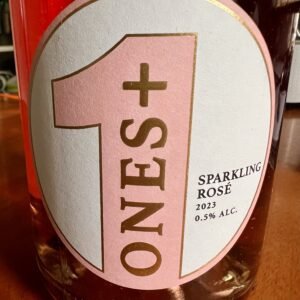
This wines are listed from the lowest grams of sugar per 100 mL to the highest in each category.
Sparkling Wines:
- ONES Sparkling White: 9.6 calories and 0g sugar per 100mL (Click this link for a 10% discount on ALL Ones Sparkling Wines)
- ONES Sparkling Rosé: 7.2 calories and 0g sugar per 100mL (Click this link for a 10% discount on ALL Ones Sparkling Wines)
- ONES Sparkling Red: 7.2 calories and 0g sugar per 100mL (Click this link for a 10% discount on ALL Ones Sparkling Wines)
- Sovi Sparkling Wine: 10 calories and 1.3g sugar per 100mL
- Joyus Sparkling White: 12.5 calories and 2.5g sugar per 100mL
- Joyus Sparkling Rose: 12.5 calories and 2.5g sugar per 100mL
- Noughty Sparkling Chardonnay: 14 calories and 2.9g sugar per 100mL
- Thomson & Scott Noughty Sparkling Chardonnay: 14.4 calories and 3.2g sugar per 100mL
- Château del ISH (Sparkling Rosé): 20 calories and 3.9g sugar per 100mL
- Edanvale Sparkling Cuvee Spanish: 24 calories and 3.8g sugar per 100mL
- Edenvale Sparkling Rose: 36 calories and 3.8g sugar per 100mL
- Oddbird Non-Alcoholic Sparkling Rosé: 19.4 calories and 4.4g sugar per 100mL
- Edenvale Non Alcoholic Rose: 21 calories and 4.6g sugar per 100mL
- Edenvale Sparkling Shiraz: 21 calories and 4.7g sugar per 100mL
- Edanvale Sparkling Cuvee: 23 calories and 5.1g sugar per 100mL
White Wines:
- The Expedition Series Non-Alc Verdejo Sauvignon Blanc: 24 calories and 0g sugar per 100mL
- Sovi Chenin Blanc: 10 calories and 1.3g sugar per 100mL
- Edenvale Semillon Sauvignon Blanc: 8 calories and 1.6g sugar per 100mL
- Giesen Sauvignon Blanc: 12.5 calories and 1.75g sugar per 100mL
- Brochet Zero Organic Sauvignon Blanc: 8 calories and 1.8g sugar per 100mL
- Noughty Blanc De-alcoholised White Wine: 17 calories and 2.0g sugar per 100mL
- Princess Alternativa Bianco Dry Non-Alcoholic White Wine: 17 calories and 2.6g sugar per 100mL
- Edanvale Pinot Gris: 13 calories and 2.8g sugar per 100mL
- Lautus Chardonnay: 20 calories and 2.8g sugar per 100mL
- Edenvale The Spanish Expedition Series Verdejo Sauvignon Blanc: 17 calories and 3.6g sugar per 100mL
- Edenvale Non-Alc Chardonnay: 18 calories and 3.9g sugar per 100mL
- Leitz Eins Zwei Non-Alc Riesling: 24 calories and 4.9g sugar per 100mL
- Edenvale Blanc de Blanc Premium Reserve: 23 calories and 5.2g sugar per 100mL
- Luminara Napa Valley Chardonnay Dealcoholized: 18 calories and 5.2g sugar per 100mL
- Le Petit Beret Virgin Sauvignon Blanc: 25 calories and 6.2g sugar per 100mL
Rosé Wines:
- Sovi Sparkling Rose: 10 calories and 1.3g sugar per 100mL
- Joyus Rose: 10 calories and 2g sugar per 100mL
- Noughty Non-Alcoholic Sparkling Rosé: 18 calories and 4g sugar per 100mL
- Wölffer Spring in a Bottle Non-Alcoholic Rosé: 24.5 calories and 4.8g sugar per 100mL
- Edenvale Rose: 22 calories and 5.5g sugar per 100mL
Red Wines:
- YOURS Non-Alcoholic California Red Blend: 6.8 calories and 0.68g sugar per 100mL
- Sovi Reserve Red: 10 calories and 1.3g sugar per 100mL
- Joyus Cabernet Sauvignon: 16.7 calories and 1.3g sugar per 100mL
- Alcohol Removed Cabernet Sauvignon: 13.3 calories and 1.3g sugar per 100mL
- Edenvale Non-Alcoholic Grenach Shiraz Mataro: 10 calories and 1.8g sugar per 100mL
- Naughty Red: 14 calories and 2.5g sugar per 100mL
- Lautus Non-Alcoholic Red: 12 calories and 3g sugar per 100mL
- Edenvale Non-Alcoholic Tempranillo Cabernet Sauvignon: 14 calories and 3g sugar per 100mL
- Luminara Red Blend: 20 calories and 3.2g sugar per 100mL
- Edenvale Shiraz: 17 calories and 3.8g sugar per 100mL
- Edenvale Cabernet Sauvignon: 18 calories and 3.9g sugar per 100mL
- Edenvale Premium Reserve Pinot Noir: 20 calories and 4.3g sugar per 100mL
- Leitz Eins-Zwei-Zero Pinot Noir: 21 calories and 4.9g sugar per 100mL
What Pregnant Women Should Know About Canned Fish?
Pregnant women can enjoy the benefits of fish, but should be cautious about mercury content. The FDA recommends eating 8-12 ounces of low-mercury fish per week during pregnancy.
Guidelines for pregnant women:
- Choose low-mercury options like canned light tuna
- Limit albacore tuna to 6 ounces per week
- Avoid high-mercury fish like king mackerel, shark, and swordfish
Non Alcoholic Wine Guidelines for pregnant women:
Pregnant women are generally advised to avoid drinking de-alcoholized or non-alcoholic wine due to potential risks associated with even small amounts of alcohol during pregnancy. While these beverages contain very low levels of alcohol (typically up to 0.5% ABV), there are concerns about accuracy in labeling, cumulative effects from multiple drinks, and the lack of an established safe threshold for alcohol consumption during pregnancy.
Most medical experts and organizations recommend complete abstinence from any alcohol-containing products, including those labeled as “non-alcoholic” or “de-alcoholized,” to eliminate any potential risk to the developing fetus. Although some healthcare providers may be more lenient, the safest approach is to avoid these beverages entirely and opt for truly alcohol-free alternatives.
If a pregnant woman does consider consuming non-alcoholic wine, it’s crucial to consult with a healthcare provider first and carefully read labels to choose products with the lowest possible alcohol content.
What Are Other Non Alcoholic Wine Articles Might You Enjoy?
- Non-Alcoholic Wine To Elevate Your Thanksgiving Feast
- Best Non Alcoholic Wine Options For Low Carb Thanksgiving
- Non Alcoholic Sparkling Wine and Low Carb Sourdough Delights
- Non Alcoholic Wine Explained For Low Carb Sippers
- 10 Unique & Healthy Mocktails You Need To Try
- Cracking The Code Of Pairing Non Alcoholic Wines With Cheese
- Secrets To Pairing Alcohol-Free White Wines with Seafood Delights
- How To Choose The Best Zero Alcohol Red Wine
- ONES Sparkling Rose & Lemon-Ginger Cod
- 16 Jaw-Dropping Non Alcoholic Wine Health Benefits
- Non Alcoholic Wine Explained For Low-Carb Sippers
- How To Master Non-Alcoholic Wine Etiquette At Social Events
- How To Choose The Best Zero Alcohol Red Wine
- Cracking The Code Of Pairing Non Alcoholic Wines With Cheese
Keto Taco Shells Without Cheese
Keto Tacos are deliciously crispy and crunchy, similar to what you would find at your favorite taco truck or shop. These homemade taco shells taste like a corn, hard shell taco. With only two grams of net carbs per taco shell, these low carb tacos will become your new favorite Mexican food.
Low-Carb Taco Shells
Crispy crunch alert! Try these easy Keto taco shells on your next taco night. We thought they tasted just like real corn tacos. Only 3 ingredients, gluten-free and low-carb!
Low-Carb Bacon Wrapped Salmon Asparagus
This is no doubt one of the easiest and tastiest salmon dishes I prepare for my husband and I on a regular basis. You can serve this salmon during the week or for a special loved one. Passes off as “gourmet.” Loads of richness from the healthy fat of salmon and enjoyable fat from the sugar-free bacon. I added asparagus to make sure you get your greens! The recipe includes salmon, sugar free bacon, asparagus, and black pepper. Lots of saltiness from the bacon. No need to add more sodium! Check out the recipe!
Amidst the rich and salty flavors of Keto Bacon-Wrapped Salmon Asparagus, consider pairing it with a full-bodied white like de-alcoholized Chardonnay or a light, fruity red such as de-alcoholized Pinot Noir. The acidity in these wines will beautifully complement the bacon’s saltiness and richness.
Low-Carb Salmon and Brussels Sprouts
Indulge in the luxurious flavors of Keto Salmon and Brussels Sprouts, where the richness of this oily fish takes center stage. To complement the decadent flavors of this dish, opt for a non alcoholic white wine with ample viscosity—thickness, in other words. Seek out a buttery de-alcoholized Chardonnay to elevate the dining experience to new heights. The non alcoholic wine’s creamy texture will effortlessly harmonize with the oily richness of the salmon, creating a symphony of flavors that dance on your palate with every bite. Prepare for a culinary journey that delights the senses and leaves you craving for more—it’s a feast fit for royalty.
Low-Carb Salmon with Lemon, Honey, and Thyme
While Keto Salmon Lemon Honey offers some tanginess from the fresh lemon, it’s important to consider the sweetness first. The pleasant sweetness in the sauce calls for a white, non alcoholic wine with some sweetness to match. In following a Keto diet or in living a low-carb lifestyle, we don’t want to use up carbs on a glass of non-alc wine. So you have a couple of options.
Drink whatever you like and don’t worry about pairing the non-alc wine to the dish. Enjoy your wine the way you like it. Or, if you like to create harmony between the wine and the food, you’ll need some sweetness in the wine. Add a pinch of monk fruit sweetener to your glass. Choose a fruity, non alcoholic white with some creamy texture to match the fattiness of salmon.
Examples include de-alcoholized Chardonnay. So, you’ll have a wine with some sweetness to harmonize with the honey flavor. The other option is to change the honey to maple. Use maple extract with the lemon juice. Forgo the sweetener. With no sweetness, you can pair the salmon with lemon maple flavor without the sweetness and choose a light, fruity red like de-alcoholized Pinot Noir.
Low-Carb Tuna Avocado Blackberry Salad
The predominant taste sensation of Low-Carb Tuna Avocado Blackberry Salad is sweetness, due to the fresh blackberries and maple syrup. The sweetness in a dish must be considered first. In following a Keto diet or in living a low-carb lifestyle, we don’t want to use up your carbs on a glass of non alcoholic wine. You have a couple of options. Drink whatever non-alc wine you like (as long as it’s bone dry) and don’t worry about pairing the non-alc wine to dish. Enjoy your wine the way you like it.
If you like to create harmony between the wine and the food, you’ll need some sweetness in the non alcoholic wine to match the sweetness in the dish. Add a pinch of monk fruit sweetener to your glass. Choose a white non alcoholic wine like Riesling or Gewurztraminer or a pink rose. These varieties taste great when bone dry or sweet. So they taste great with the added sweetener. The wine’s sweetness will complement the sweetness in this dish..
Low-Carb Tilapia Parmesan
This simple Keto Tilapia Parmesan dish has loads of fattiness and flavor. While Tilapia is delicate, the mayo and cheeses add weight and substance. You’ll want to make sure that the white non alcoholic wine you choose has enough weight and viscosity to match. A creamy de-alcoholized Chardonnay works here, as well as Viognier. Some people like to offset tastes and flavors. If this is the case choose a white non-alc wine with zinging acidity to offset the fattiness and the saltiness. Examples of this non alc wine include sparkling wine and de-alcoholized Chardonnay or Sauvignon Blanc.. The choice is yours. I prefer to match flavors in this instance. However, de-alcholized Pinot Noir works nicely with salmon and tuna. Just be sure to chill the wines for a half-hour in the refrigerator before serving.
Low-Carb Cajun Salmon
With the predominant taste sensations in Keto Cajun Salmon being fattiness, spiciness, and tanginess, it’s best to choose an off dry, white, non alcoholic wine. The non alc wine’s sweetness will offset the heat and spice. Since we don’t drink wines with sweetness, we need other options. In following a Keto diet or in living a low-carb lifestyle, we don’t want to use up your carbs on a glass of wine. You have a couple of options. Drink whatever wine you like (as long as it’s bone dry) and don’t worry about pairing the wine to dish.
Enjoy your non alcoholic wine the way you like it. If you like to create harmony between the wine and the food, you’ll need some sweetness in the wine to offset the heat and spice.
Add a pinch of monk fruit sweetener to your glass. Choose a white like Riesling or Gewurztraminer or a pink rose. These varieties taste great when bone dry or sweet. So they taste great with the added sweetener. The wine’s sweetness will nicely offset the heat and spice.
Low-Carb Smoked Salmon Rolls
This Keto Low-Carb Smoked Salmon Rolls complement a crisp, dry white, non alcoholic wine. The saltiness of the smoked salmon and bacon demands a dry (brut) sparkling wine. You can choose a bubbly that uses a blend of grape varieties or varietals like non-alcoholic sparkling Chardonnay.
Here are some other roll combinations:
California Roll: Nori, imitation crab meat, avocado, cucumber, and lettuce. Sprinkle with toasted black sesame seeds. Pair with a big, buttery white wine, such as de-alcoholized Chardonnay. The fattiness and richness of the crab meat and avocado will pair nicely with the wine’s creamy texture.
Spicy Crab Roll: Nori, imitation crab, cream cheese, avocado, lettuce, cucumber. Drizzle in sriracha sauce. The heat from the sriracha demands a wine with sweetness. If you drizzle just a little hot sauce you can pair this roll with an de-alcoholized Riesling or Gewürztraminer. Remember, the hotter the sauce, the more sweetness required in the wine. Add a little monk fruit sweetener to a glass of dry de-alcoholized Riesling so that the wine bridges nicely with the dish.
Shrimp Roll: Nori, cooked jumbo shrimp, cream cheese, avocado, lettuce, and cucumber. This is another roll with some fattiness and richness from the cream cheese and avocado. Sprinkle with toasted black sesame seeds. Choose a creamy de-alcoholized Chardonnay.
Tuna Salad Roll: Nori, canned tuna, avocado mayonnaise (because it’s often sugar-free), avocado, lettuce, carrot, and cucumber. Sprinkle with toasted black sunflower seeds. The delicate flavors of this roll, plus its fattiness from the avocado and mayonnaise call for a rich non-alc white wine like Chardonnay.
Salmon Salad Roll: Nori, canned salmon, avocado mayonnaise, avocado, lettuce, carrot, cucumber. This is another rich roll deserving of a big, buttery white, such as de-alcoholized Chardonnay.
Chicken Roll: Boston lettuce (for the wrap), chicken chunks, bacon, avocado, carrot, and cucumber. Serve with Thai peanut sauce instead of soy sauce. Due to the spicy sauce used alongside this roll choose an off-dry Riesling or Gewürztraminer. Add a little monk fruit sweetener to a glass of dry de-alcoholized Riesling or Gewürztraminer so that the wine bridges nicely with the dish.
Low-Carb Lemon Maple Salmon
Wine harmonizes with Keto Lemon Maple Salmon. When it comes to sugar-free maple syrup or authentic maple syrup, sweetness is the predominant taste sensation and always prevails. This taste sensation must be considered first in the food and non alcoholic wine partnership. In following a Keto diet or in living a low-carb lifestyle, we don’t want to use up your carbs on a glass of non-alc wine. You have a couple of options: Drink whatever non alcoholic wine you like (as long as it’s bone dry) and don’t worry about pairing the wine to dish. Enjoy your wine the way you like it. If you like to create harmony between the NA wine and the food, you’ll need some sweetness in the wine to match the sweetness in the dish. Add a pinch of monk fruit sweetener to your glass of non alcoholic wine.
Choose a white like Riesling or Gewurztraminer or a pink rose. These varieties taste great when bone dry or sweet. So they taste great with the added sweetener. The non alcoholic wine’s sweetness will nicely harmonize with the Maple sweetness. Rather than using sugar-free maple syrup, use maple extract. Add about a half teaspoon to the lemon juice. This will add the maple flavor without the sweetness. And in this case you can pair this dish with a light, fruity non alcoholic wine with good acidity. The wine’s acidity will harmonize with the tanginess of lemon. Think Sauvignon Blanc, Pinot Gris, dry Riesling, Vinho Verde.
Low-Carb Tuna Spring Rolls
The predominant taste and flavor sensations of these rolls are fattiness from the mayo, heat from the wasabi, and saltiness from the coconut aminos. Be light on the wasabi and choose a non alcoholic wine good acidity to match. Choose a light, fruity white NA wine like Sauvignon Blanc, Pinot Gris, Pinot Grigio. The non alcoholic wine’s light nature will complement the light nature of rice paper and tuna.
The non-alc wine’s acidity will nicely offset the coconut aminos or soy sauce. If the wasabi is too hot, you’ll need a non alcoholic wine with sweetness. In this case add a pinch of monk fruit sweetener to your wine glass. The wine’s new sweetness will nicely offset that wasabi heat.
Low-Carb Pasta Salmon
What wine harmonizes with Keto Fresh Pasta Salmon? The predominant sensation of this dish is fattiness due to the fattiness of salmon and coconut cream. Therefore, this dish demands a full-bodied, non alcoholic white wine to match. Think creamy de-alcoholized Chardonnay or a white blend with similiar character..
Low-Carb Salmon Canapes
What wine works with Keto Low-Carb Salmon Canapes? We have some richness here due to the fattiness of salmon and the homemade mayo with a nice bite to the dish. Choose a non alcoholic wine partner with enough weight to match the fattiness of the salmon and the fattiness of oil in the homemade mayo. A full-bodied, non-alc white wine or light, fruity red wine would do the trick.
Think in terms of creamy de-alcoholized Chardonnay (white) or light, fruity de-alcoholized red (Pinot Noir or Gamay).
I’m excited to share with you my good news… Introducing Sinless Sourdough – Where Ancient Art Meets Low Carb Science!

Stop sacrificing flavor for your health goals – our authentic heritage sourdough starters have been specially adapted for low-carb baking
Limited Time Offer: 82% OFF – Only $19.99 Today (Regular Price: $113)
Sinless Sourdough™ Starter + Membership Includes:
- Authentic Heritage Starter shipped directly to your door
- Complete Video Training Library showing you step-by-step how to create:
- Artisan boules and batards with delicious crispy crust and soft interior
- Crisp French baguettes for the dinner table or as crostini
- Chewy Montreal-style bagels that won’t spike your blood sugar
- German street pretzels with authentic alkaline crust
- Convenient everyday bread machine loaves for sandwiches
- Supportive Community of fellow low-carb bakers to share your journey
- Extensive Recipe Collection for using sourdough discard (nothing goes to waste!)
“After years of disappointing low-carb bread experiments, Sinless Sourdough changed everything. I’m enjoying real sourdough again without the carb guilt!” — Maria T.
“My family can’t tell the difference between these loaves and traditional bread. The starter is incredibly active and the results are amazing!” — James K.
🔥 CLAIM YOUR MEMBERSHIP NOW 🔥
Use code: Sinless82 at checkout Offer expires soon! Limited starter batches available
82% OFF TODAY FOR MEMBERSHIP
Sinless Sourdough™ Heritage Collection

Transform your low-carb baking with our Global Heritage Collection featuring unique starters from historic moments across continents. Each brings its own personality and flavor profile while maintaining excellent nutritional values—just 1g net carbs compared to 8-10g in traditional starters.
Choose from:
- 1849 San Francisco Gold Rush – Authentic California sourdough character
- 1898 Yukon Gold Rush – Subtle tanginess with notes of butter
- 1847 Oregon Trail – Rustic character with exceptional rise
- 1000-Year-Old Italian Monastery – Delicate complexity with ancient lineage
Each starter connects you to centuries of baking tradition while supporting your modern low-carb lifestyle. Our proprietary transformation process preserves their unique characteristics while adapting them for health-conscious baking.
When you purchase any Sinless Sourdough™ starter, you receive our comprehensive onboarding sequence teaching you exactly how to revive your dehydrated starter for perfect low-carb, high-protein results every time.
Click the link:
SINLESS STARTER SHOP
🍞 START YOUR LOW-CARB SOURDOUGH JOURNEY TODAY! 🍞
Medical Studies and Reviews on Sourdough
Here they are:
Does Sourdough Bread Provide Clinically Relevant Health Benefits?
The Sourdough Microbiome
Study Of Sourdough Starter Microbiome To Boost Bread Quality and Safety
Sourdough Microbiome Comparison and Benefits
Effect of Breadmaking Process on In Vitro Gut Microbiota Parameters in Irritable Bowel Syndrome
Nutritional Benefits of Sourdough; Systematic Review
Sourdough-leavened bread improves postprandial glucose and insulin plasma levels in subjects with impaired glucose tolerance
Use of sourdough in low FODMAP baking
A novel formulation of sourdough bread enriched with plant sterols and high-fibre inulin improves metabolic control in type 2 diabetes
Impact of sourdough fermentation on appetite and postprandial metabolic responses – a randomised cross-over trial with whole grain rye crispbread
Disclaimer:
All information provided on this website regarding the health benefits of sourdough low carb bread is intended for educational purposes only. The content presented is not meant to be taken as specific medical advice for any individual. It should not be considered a replacement for professional medical guidance or treatment. If you have any health concerns, especially related to diabetes, pre-diabetes, or any other medical condition, please consult with a healthcare professional immediately.
- UNUSUAL KETO INSTANT POT RECIPES FOR 2025 - April 27, 2025
- Boost Your Keto Diet with These Non-Alcoholic Wine Hacks - April 27, 2025
- 10 Unique & Healthy Mocktails You Need to Try - April 27, 2025


